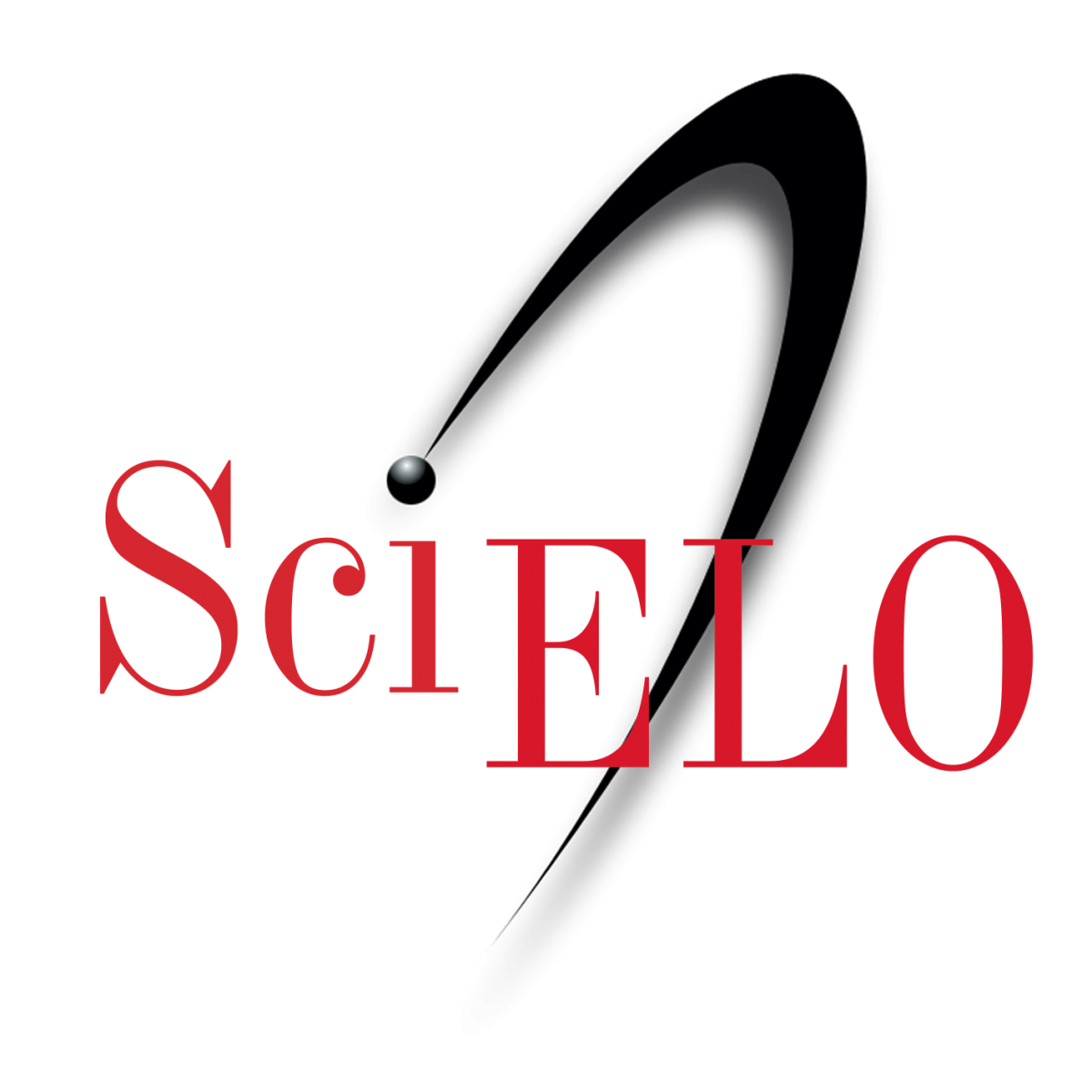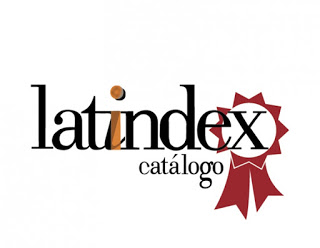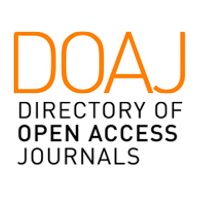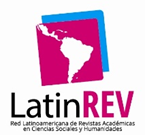Diseño e implementación del entorno educativo STEM en estudiantes de tercer año básico: abordaje enactivo y ecológico de la experiencia de aprendizaje.
DOI:
https://doi.org/10.21703/0718-5162.v20.n43.2021.023Abstract
El presente artículo tiene por objetivo comprender el proceso de enseñanza y aprendizaje enactivo y ecológico de estudiantes y profesores que participan de entornos educativos STEM para realzar la importancia que tiene la construcción de artefactos en la comprensión de contenidos integrados a través del modelamiento matemático mediado pedagógicamente. En lo que respecta la desarrollo de la experiencia, se privilegió la metodología cualitativa mediante un diseño etnográfico que da realce a la ecología de aprendizaje en aula. Los resultados que más se destacan, corresponden a la propuesta analítica del bucle dinámico enactivo y ecológico para ilustrar la trayectoria del cambio en la cognición y el aprendizaje de los estudiantes, en la medida que sus estructuras sensoriomotoras se reconfiguran en relaciones proporcionales modeladas matemáticamente a través de la regla de tres simple durante la construcción y aplicación de un dinamómetro: exploración y control manual, paridad funcional, paridad inferencial y el aprendizaje ecológico. Así mismo, se releva la mediación pedagógica ecológica que despliegan las profesoras para transformar los contenidos técnicos del currículo en nichos ecológicos especializados.
Downloads
References
Abrahamson, D. Nathan, M. Williams-Pierce, C. Walkington, C. Ottmar, E. Soto, H. yAlibali, MW. (2020). The Future of Embodied Design for Mathematics Teaching and Learning. Frontiers Education. 5:147. doi: 10.3389/feduc.2020.00147
Abrahamson, D.,y Sánchez-García, R. (2016). Learning is moving in new ways: The ecological dynamics of mathematics education. Journal of the Learning Sciences, 25(2), 203–239.
Abrahamson, D., y Trninic, D. (2015). Bringing forth mathematical concepts: Signifying sensorimotor enactment in fields of pro- moted action. ZDM Mathematics Education, 47(2), 295–306.
Agencia de la calidad (2018). Resultados PISA y TIMMS. https://www.agenciaeducacion.cl/noticias/pisa-2018-chile-lidera-resultados-en-america-latina-en-lectura-pero-sigue-bajo-el-promedio-ocde/
Ashton, J. y Newman, L. (2006). An unfinished symphony: 21st century teacher education using knowledge creating heutagogies, British Journal of Educational Technology, 37 (6): 825–840.
Araya, R. (2016). STEM y Modelamiento matemático. Revista Cuadernos de Investigación y Formación en Educación Matemática, (15) 291-317.
Bateson, G. (2015). Espíritu y Naturaleza. Buenos Aires: Amorrortu, Editores.
Bellei, C. y Morewietz, L. (2016). Strong Content, Weak Tools. Twenty-First-Century Competencies in the Chilean Educational Reform. In Teaching and Learning for the Twenty-First-Century: Educational Goals, Policies, and Curricula from Six Nations, eds. Fernando M. Reimers and Connie Chung (Cambridge, MA: Harvard Education Press) 93-126.
Clark, A., y Chalmers, D. (1998). The extended mind. Analysis, 58, 7–19.
Cornejo, C., Silva, D. y Olivares, H. (2011). Microgénesis de la enseñanza: zoom en el modo en que los profesores presentan contenidos disciplinarios. Investigación realizada en el marco de la Evaluación Docente en Chile. (195-197). https://www.researchgate.net/publication/310116828_Microgenesis_de_la_ensenanza_Zoom_en_el_modo_en_que_los_profesores_presentan_contenidos_disciplinarios
Dewey, J. (1944). Democracy and Education. (Originally published 1916). New York, NY: The Free Press.
Díaz-Rojas, D., Soto-Andrade, J., and Videla-Reyes, R. (2021). Enactive Metaphorizing in the Mathematical Experience. Constructivist Foundations 16 (3), 265–274. Available at: https://constructivist.info/16/3/265.
Frey, C., y Osborne, M. (2013). The future of employment: how susceptible are jobs to computerization? University of Oxford.
Froese, T., y Di Paolo, E. (2011). The enactive approach: Theoretical sketches from cell to society. Pragmatics & Cognition, 19 (1), 1-36. https://doi.org/10.1075/pc.19.1.01fro.
Fuchs, T. (2017). Ecology of the brain. Handbook University of Oxford.
Gallagher, S. (2017). Enactivist Interventions: Rethinking the Mind. Oxford, England: Oxford University Press.
Glenberg, A. M. (2010). Embodiment as a unifying perspective for psychology. Wiley Interdisciplinary Reviews: Cognitive Science, 1(4), 586-596.
Gibson, J.J. (1979). The Ecological Approach to Visual Perception. Boston: Houghton Lifflin.
Goldstone, R. L., Landy, D. H., y Son, J. Y. (2010). The education of perception. Topics in Cognitive Science, 2(2), 265–284.
Goodwin, C. (2018). Cooperative action. New York: Cambridge Uni- versity Press.
Hadani, H. y Rood, E. (2018). The Roots of STEM succes: Changing Early Learning Experiences to Build Lifelong Thinking Skills. Center for chilhood creativity.
Hutto, D., y Myin, E. (2013). Radicalizing Enactivism: Basic Minds without Content. Cambridge, MA: MIT Press.
Hutto, D. D., Kirchroff, M. D., y Abrahamson, D. (2015). The enactive roots of STEM: Rethinking educational design in mathemat- ics. In P. Chandler & A. Tricot (Eds.), Human movement, physical and mental health, and learning [Special issue]. Educational Psychology Review, 27(3), 371–389.
Ihde, D., y Malafouris, L. (2019). Homo faber Revisited: Postphenomenology and Material Engagement Theory. Philos. Technol. 32, 195–214. https://doi.org/10.1007/s13347-018-0321-7
Kelley, T. R. y Knowles, J. G. (2016). A Conceptual Framework For Integrated STEM Education. Inter. J STEM Edu. 3, 11. doi:10.1186/s40594-016-0046-z
Malafouris, L. (2013). How things shape the mind: a theory of material engagement. Cambridge: The MIT PRESS.
Maturana, H. y Varela, F. (1973). De Máquinas y Seres Vivos: Una teoría sobre la organización biológica. Editorial Universitaria, Santiago.
Maturana, H. y Dávila, X. (2015). El árbol del vivir. EditoriaL, MvP Editores. Escuela Matríztica, Santiago de Chile.
Ministerio de Educación (2020). STEM para la innovación curricular en Chile. https://www.curriculumnacional.cl/portal/Innovacion/Lineas-de-Innovacion/STEM-Aprendizaje-Basado-en-Proyecto-ABP/89501:STEM-y-Metodologia-de-Proyecto
Montenegro, M. (2016). Diseño efectivo de lecciones STEM integradas. Santiago, Chile. Pontificia Universidad Católica de Chile.
Nathan, M. J., Srisurchan, R., Walkington, C., Wolfgram, M., Williams, C., y Alibali, M. (2013). Cohesion as a mechanism of STEM integration. Journal of Engineering Education, 102(1), 77-116.
Núñez, R. (2017). Is there really an evolved capacity for number? Trends Cognitive Science. 21, 409–424.
Pellegrino, J. W., y Hilton, M. L. (Eds.). (2012). Education for life and work: Developing transferable knowledge and skills in the 21st century. Washington, DC: National Academies Press
Piaget, J. (1968). Genetic epistemology (E. Duckworth, Trans.). Columbia University Press.
Quintanilla, M. (2012) Investigar y Evaluar Competencias Científicas en el Aula de Secundaria. Alambique: Didáctica de las Ciencias Experimentales, 70, 66-74.
Rietveld, E., y Kiverstein, J. (2014). A rich landscape of affordances. Ecological Psychology, 26(4), 325–352.
Rietveld, E. y Brouwers, A. (2016). Optimal grip on affordances in architectural design practices: An ethnography. Phenomenology and the Cognitive Sciences, 16, 545–564. doi:10.1007/s11097-016-9475-x.
Varela, F., Thompson, E. y Rosch, E. (1991). The Embodied Mind: Cognitive science and human experience MIT Press, Cambridge.
Videla, R. (2019). Pasos para una ecología cognitiva de la educación. La Serena: Editorial Universidad de La Serena.
Videla, R., Aguayo, C. y Veloz, T. (2021). From STEM to STEAM: An Enactive and Ecological Continuum. Frontiers in Education 6:709560. doi: 10.3389/feduc.2021.709560. https://www.frontiersin.org/articles/10.3389/feduc.2021.709560/full
Vygotsky, L. S. (1978). Mind in society: The development of higher psychological processes. Cambridge: Harvard University Press (Original work published 1930).
Weisberg, S. y Newcomber, N. (2017). Embodied cognition and STEM learning: overview of a topical collection in CR:PI. Cognitive Research: Principles and Implications 2, DOI 10.1186/s41235-017-0071-6.
Wolfram, C. (2010). The future of computation. The Mathematical Journal. 10 (2), 329–362.
Downloads
Published
Issue
Section
License
Open Access Policy
This journal provides immediate open access to its content, based on the principle that offering the public free access to research fosters greater global knowledge exchange.
License
The REXE Journal, “Journal of Studies and Experiences in Education,” published by the Faculty of Education at the Universidad Católica de la Santísima Concepción, is distributed under a License. Creative Commons Atribución 4.0 Internacional.





